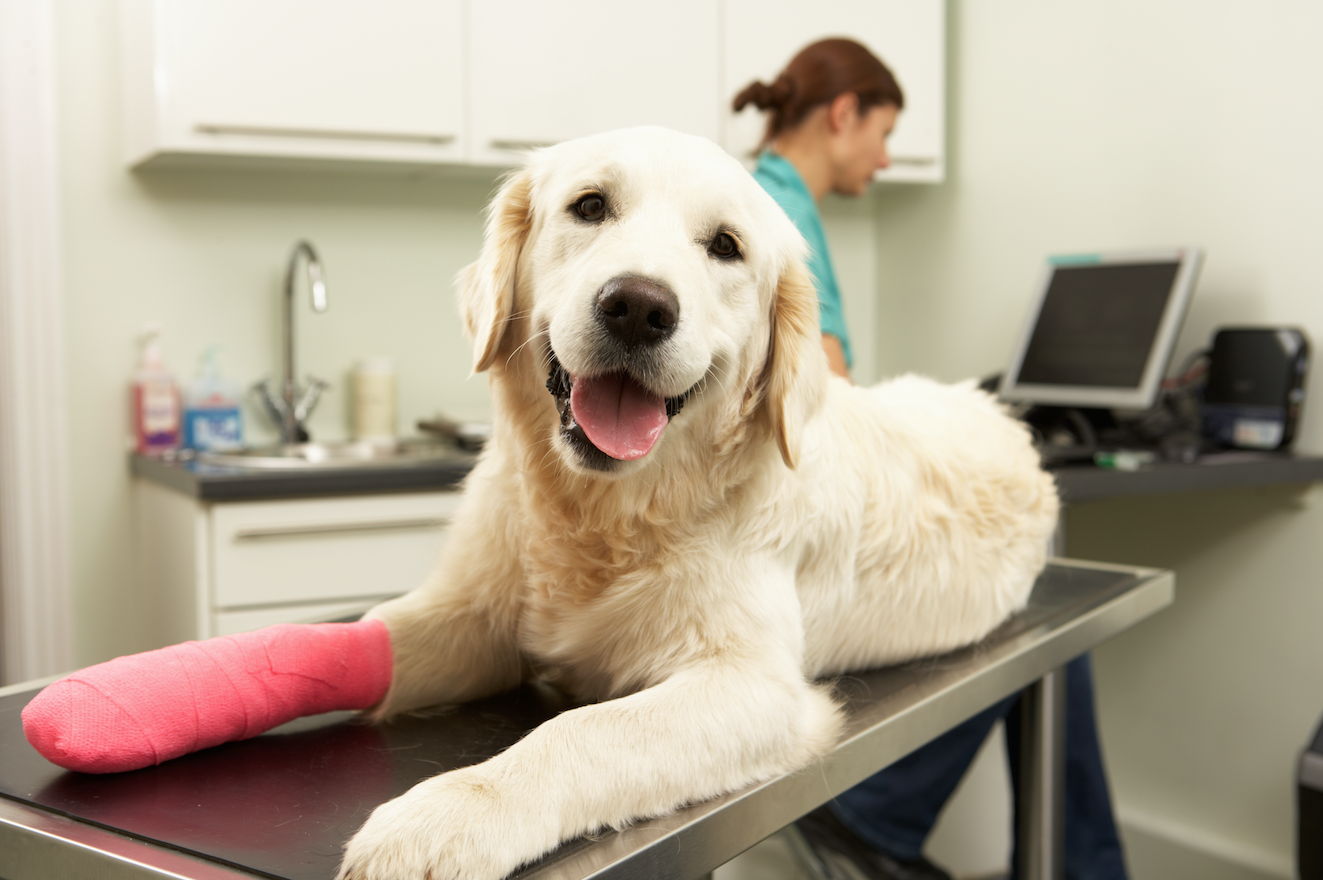Ember was a sweet little Beagle that warmed the hearts of everyone in our family. The day after we got her, we took her to our family veterinarian for an exam and vaccines and got the all clear. Three days later, she was lethargic and would not move. We took her back to the vet, who determined that we were dealing with a case of parvovirus that landed us with a three-day stay, medication, IV fluids and a $900 bill.
Ember made it through the illness and her treatment was worth every penny, but the experience got us thinking about whether pet health insurance might be a good option. According to a 2017 report by the North American Pet Health Insurance Association (NAPHIA), nearly 1.8 million mostly cats and dogs (about 1 percent of all cats and dogs in the U.S.) were insured at the end of 2016. Ninety-eight percent of those policies covered accidents and illness, while the remaining 2 percent of pets were covered through accident-only plans. Accident and illness plans had an average annual premium of $496, while accident-only plans had an average annual premium of $163. The average annual claim paid out for both types of plans combined came to $263.
Of course, just like with health policies for people, policies for pets have various deductibles, copayments and premiums. With pet policies, it is typical to pay the vet bills in full out-of-pocket and wait for reimbursement. Your coverage costs can vary based on your pet’s breed, age and coverage options you choose. Most policies exclude pre-existing conditions and may exclude breed-specific ones as well, such as narcolepsy and exercise-induced collapse in Labrador retrievers and heart muscle disease in Maine coons.
In a policy comparison study of three major pet insurance providers (Embrace, Healthy Paws and Trupanion) conducted by Consumer Reports in 2016, health care costs for Guinness the dog and Freddie the cat were calculated based on policies provided by all three providers. Guinness was a 12-year-old Lab mix with a few health problems, including skin cancer that required two surgeries and pricey follow-up care. Freddie was pretty healthy, with one expensive dental cleaning and special food and medicine to treat infection. In both cases, it was found that only one of the companies (Healthy Paws) paid out more than it cost over the year. However, if either of the pets had more prolonged conditions, all three of the policies may have been worth it.
If you are considering health insurance for your own pet, talk with your veterinarian about medical costs that may be specific to your pet’s breed and ask about his or her experience with different insurance providers. You can also look at sample policies from various provider websites and see which options fit your situation best.
Related Articles
Travel books for the best vacation
Importance lessons we learn from our animals

